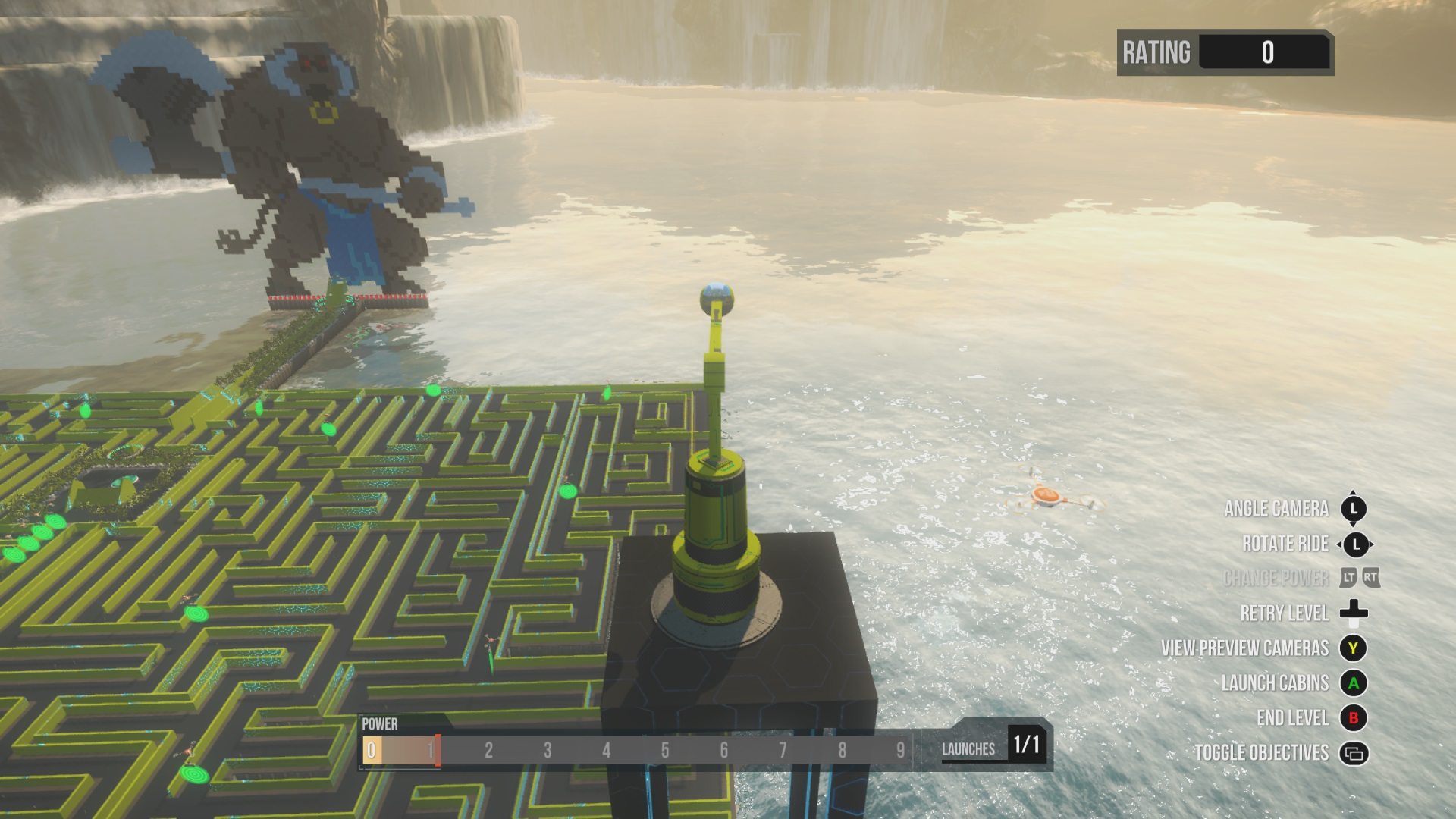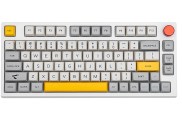Joy ride.
Screamride is a curious beast. It’s the spiritual successor to RollerCoaster Tycoon by Frontier Developments, it’s first in line in Microsoft’s initiative this year to bolster its indie and arcade offerings on Xbox platforms, and it includes enough distinct modes to be described as a 3-in-1, or arguably 4-in-1, video game. While this has surely been done to improve its bang-for-your-buck value, a part of Screamride‘s pack-it-all-in concept comes from how the game imagines the near future, a time when people are easily bored and can only gain pleasure through extreme physical danger, such as screaming like lunatics on rollercoasters and rocketing helmet-first into explosive barrels. And as frightening and ludicrous as all that sounds, I don’t think that future would be so terrible.
Like a delicious tub of neopolitan ice cream, Screamride comes in multiple flavors: Screamrider, where you control a single-car rollercoaster down a precarious track; Demolition, a destructive mode where you fling passenger-filled vessels into buildings; and Engineer, a creative puzzler where you must finish an incomplete coaster with various parts to create the most death-defying ride you can. Or if you have time to spare, you can enter Sandbox mode and design a rollercoaster completely from scratch, which you can then share with the community.
Frontier Developments took a clear risk bundling four separate modes into a single game, as any one of them could have stuck out like a sore thumb, but they all fit together cohesively and challenge your gaming prowess from multiple angles and directions. The only real downside is that there’s no multiplayer function, apart from asynchronous leaderboards.
The titular Screamrider mode carries the blistering action-packed side of the game, giving you control over the speed and two-wheelie tilts of a roller-coaster car. It may remind you of Speed Square in FFVII’s Golden Saucer, but where that mini-game is about shooting objects, Screamrider has you zipping the car down a rail as fast as you can, avoiding obstacles, and activating rockets for turbo boosts. It starts off gently, with the first few challenges only asking you to collect turbo boost with expert timing and to judge turns well enough that the coaster doesn’t derail (though watching the ragdoll passengers flop around after crashing is hilarious).
As you progress through the mode and earn commendations by clearing high scores and bonus objectives, tracks become much more hazardous. Sharp turns demand equally sharp braking, loops and special turns disorient the camera view often, and both blockers and monorails force you to prop the car on two wheels. By the fourth and fifth areas, you’ll need to navigate jumps, have perfect timing on boost collection, and largely commit tracks to memory as you accelerate through each lap with the speed of a demon. Making a mistake can be a matter of milliseconds, so you’ll likely replay stages over and over again, which you might do anyway since each ride hits the sweet spot between two to three minutes. Don’t be surprised finding yourself sinking many hours into Screamrider without even knowing it.
This addictive quality is just as potent for Demolition, which combines the destructive appeal of Pain and the volatile nature of Burnout‘s Crash mode. Similar to a bowling mini-game, you swing an amusement cabin full of about-to-vomit passengers with a rotating crane, controlling its power and direction, for the sole purpose of wrecking urban infrastructure in a way that would otherwise be terrorist attacks in other games. Buildings collapse like flimsy Legos and, if you can direct it properly, fall like dominoes for extra points. Nearly everything in a stage can be destroyed with an accurate throw, so there’s plenty of room for calamitous experimentation.
Demolition stages eventually become more intricate, tasking you with slinging cabins through hoops and bull’s-eyes, at trampolines and magnets, and at moving blimps and speedboats if you have pinpoint accuracy. Later on, you can select from a variety of cabins, including one that can spread wings and fly like a paper airplane. It’s gratifying to poke holes in a seemingly impossible layout and discover the structural weakpoints in a level through several playthroughs. Some bonus objectives may seem impossible at the start, but persistence pays off in spades.
Engineering mode, on the other hand, focuses squarely on experimentation and freeform creativity. It gives almost as much as freedom as the Sandbox mode, but asks you to complete a coaster by filling it in with pieces that will give riders the thrills, the lateral-Gs, and (oh yes) the nausea they want out of coaster ride. Other times, it’s about figuring how best to angle a drop so that the car crashes into set pieces. But if you’re not keen on physics-based simulations, this mode won’t be as appealing as the previous two, as it can sometimes take an exhausting amount of time figuring out a solid configuration and the tutorial doesn’t guide players here as well as in the other modes. However, veteran Rollercoaster Tycoon fans will pour through this in a heartbeat as a true test of coaster-building skills.
Beyond Engineering, Sandbox mode is probably where most of your creative energy will go. The developers have not sold this mode short, allowing you to craft everything to the point of recreating every level in the game if you wanted. The editing options for scenery and construction are easy to learn, and building a coaster piece by piece is a breeze. It can sound daunting hammering together a decent rollercoaster for Screamrider or a destructible level for Demolition, but it’s worth the time making your own creation and sharing it with the community. If that seems like asking too much right from the start, I recommend waiting until you complete the other modes first, which will unlock extra set pieces that will make constructing a coaster that much more manageable.
That said, you can forego Sandbox mode altogether and just download what other players have made absolutely free, extending the value of Screamride even more than it has already. In fact, I suggest you download “Twisters” by Team 4 P3 and my rollercoaster creation, “Leviathan,” for a low-riding, high-spiraling experience that I promise you won’t forget.
Taken altogether, Screamride is a surprisingly remarkable Xbox exclusive that you won’t able to put down and delivers the veritable “fun factor” that modern games often miss. It’s truly a game that’s greater than the sum of its parts, and yet every part is crafted with care and a sense of excitement, from the three fully-fledged campaigns modes and the accessible Sandbox system, to the GLaDOS-like voiceovers and the game’s humorous, futuristic theme. Screamride may not revolutionize the genre in a deep compelling way and it doesn’t have strong multiplayer options, but it’s pure entertainment and packs in as much content as a world-class amusement park. If you’ve been wanting a game that makes you scream “WHOO!”, Screamride has just the ticket.
-
Screamrider, Demolition, and Engineering modes are all solid
-
Flexible Sandbox mode
-
Free extra content by way of level sharing
-
Lots of content and replayability
-
Addictive gameplay and fantastic "fun factor"
-
No multiplayer modes
-
Making my friends dizzy with my rollercoaster "Leviathan"
Screamride
-
Screamride #1
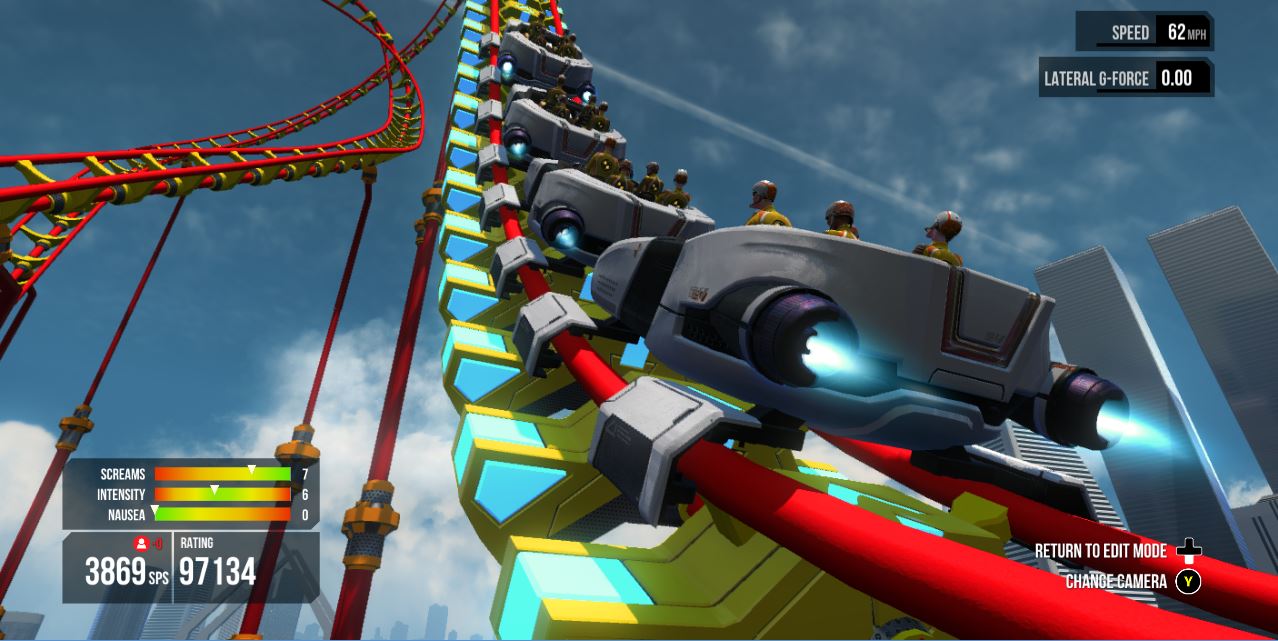
-
Screamride #2
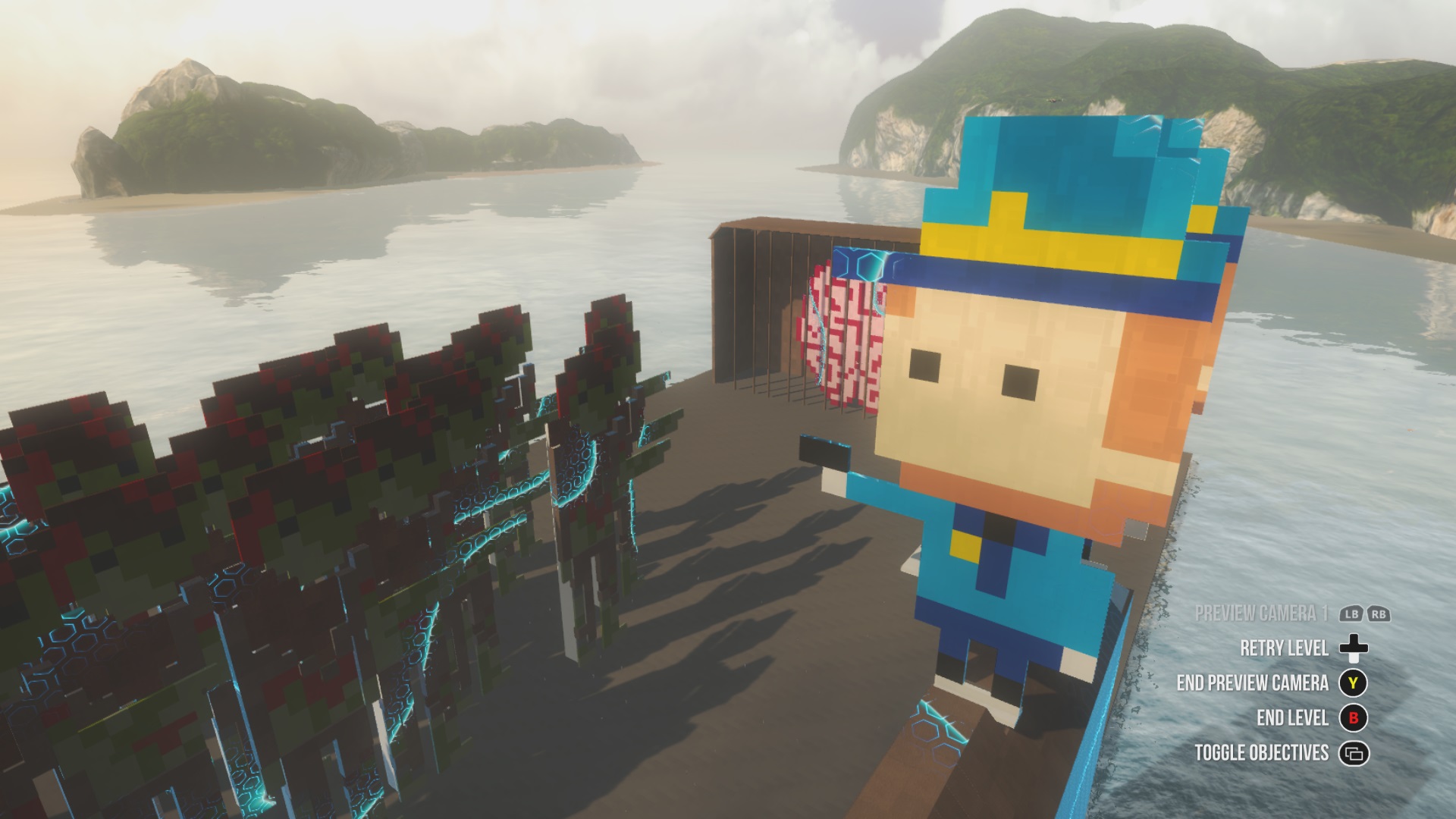
-
Screamride #3
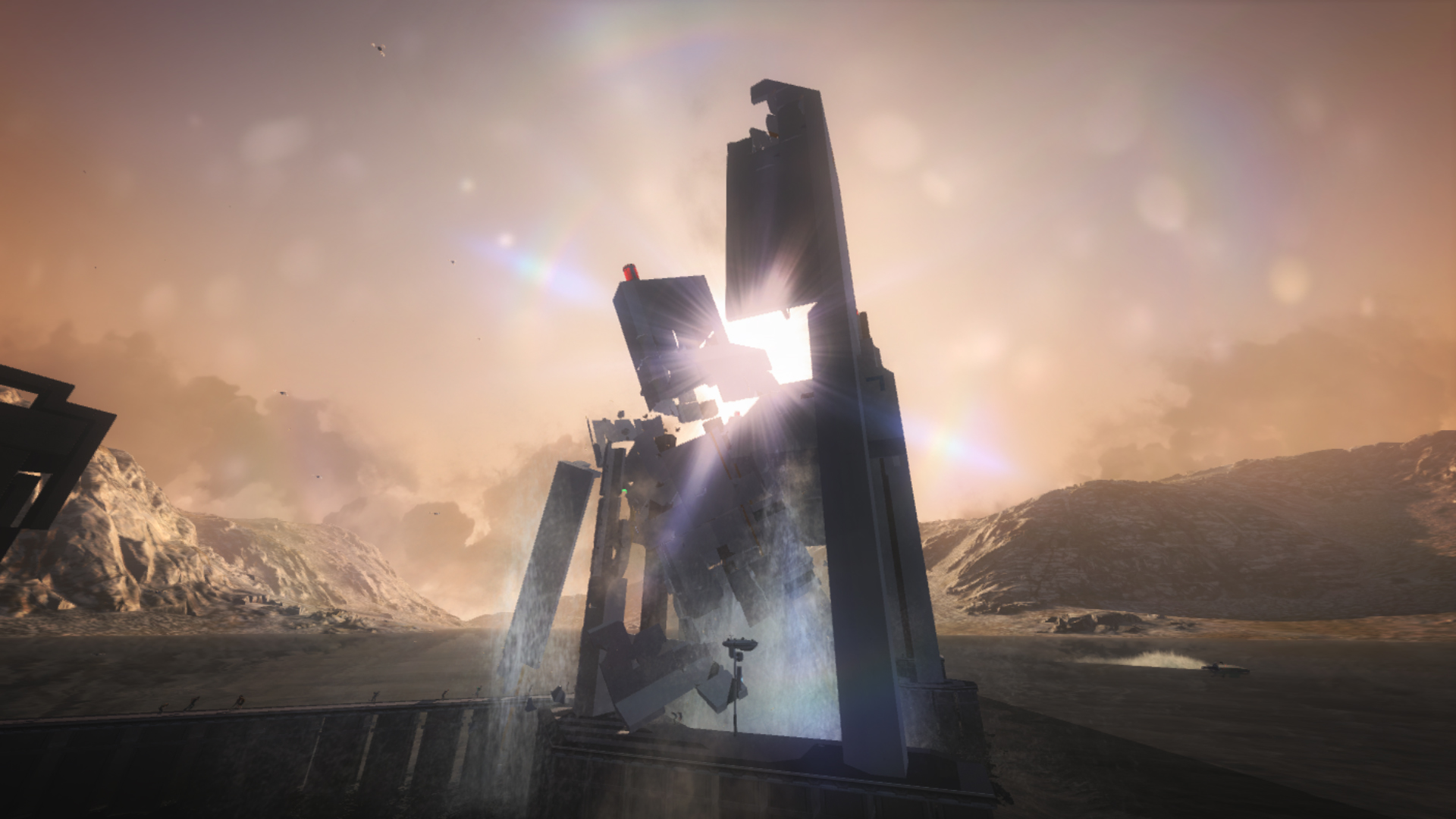
-
Screamride #4
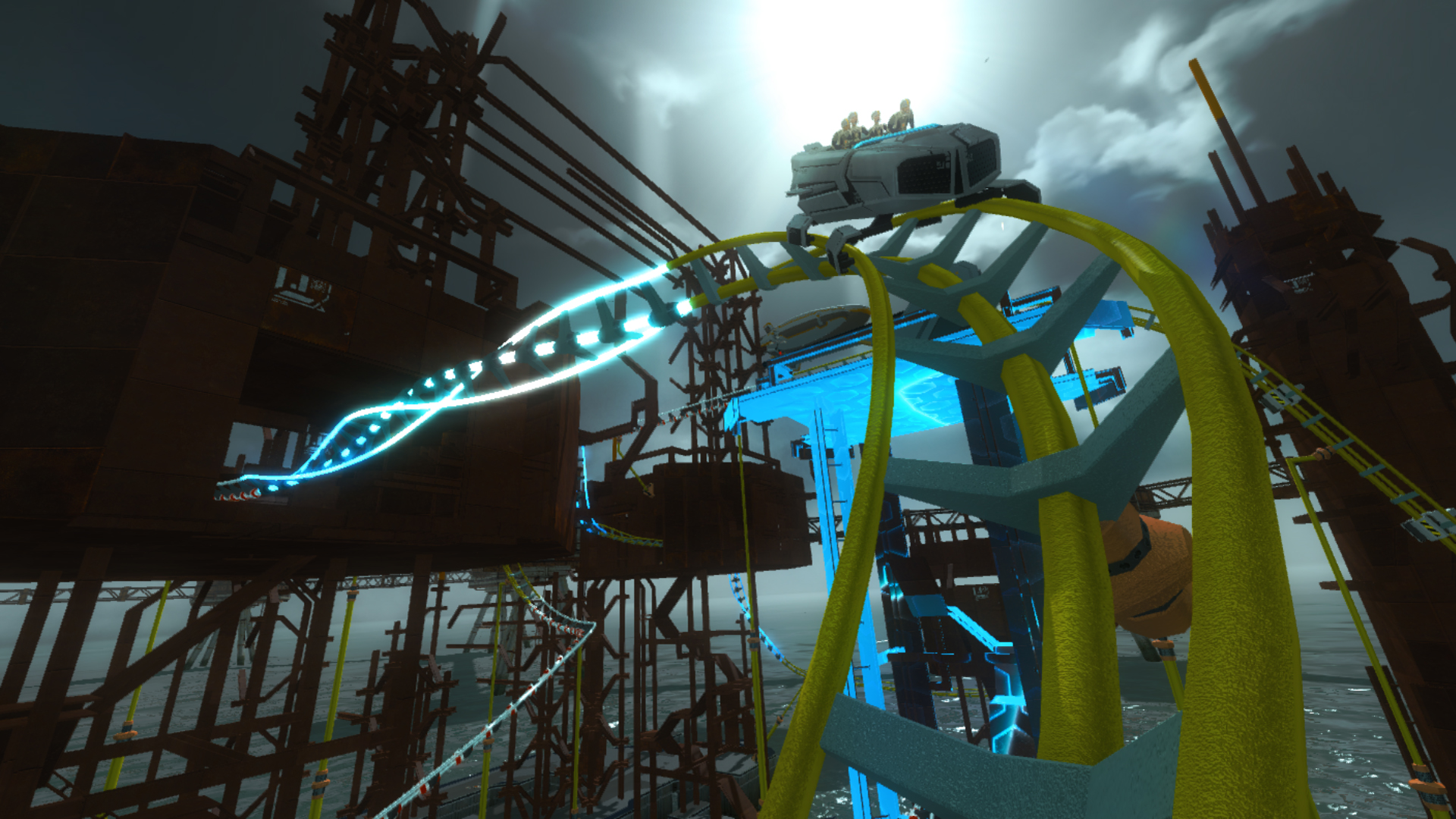
-
Screamride #5
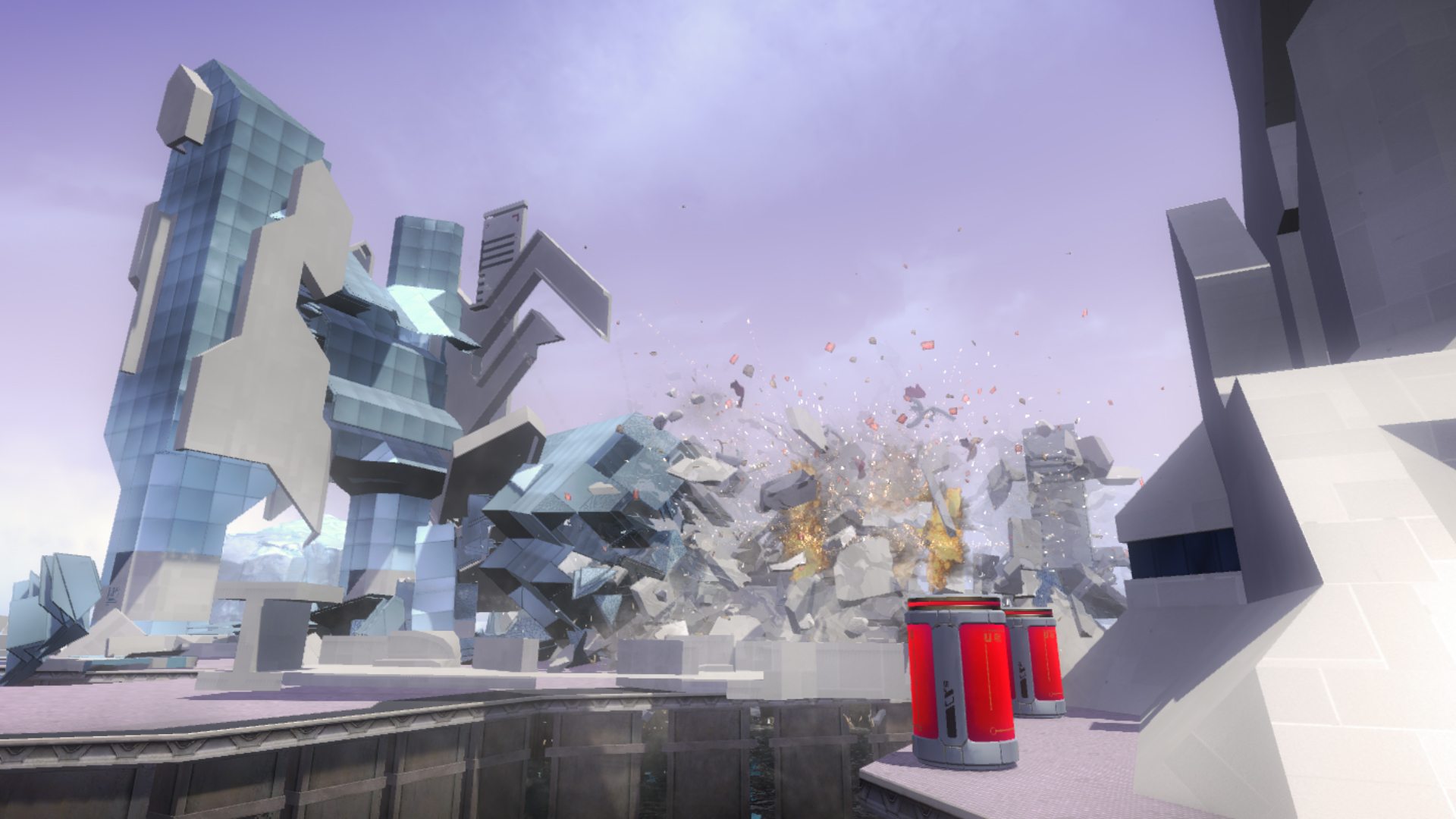
-
Screamride #6
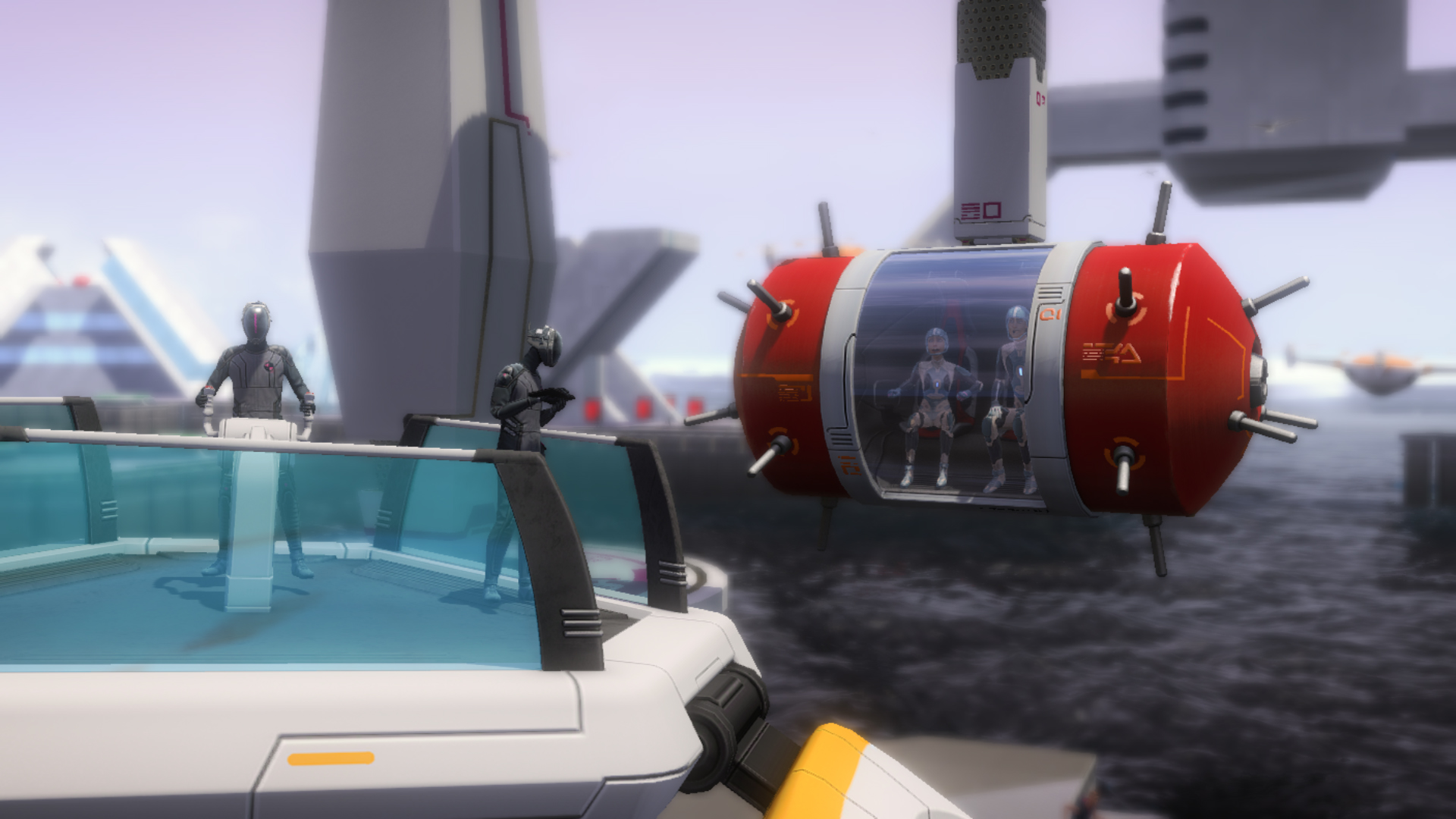
-
Screamride #7
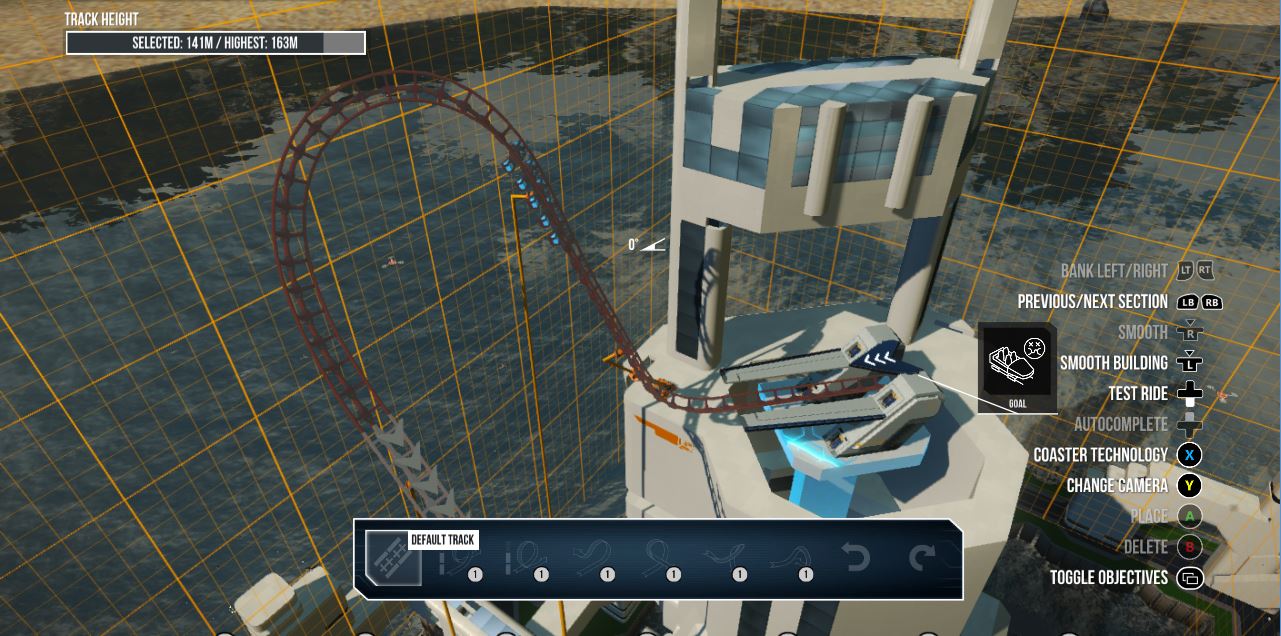
-
Screamride #8
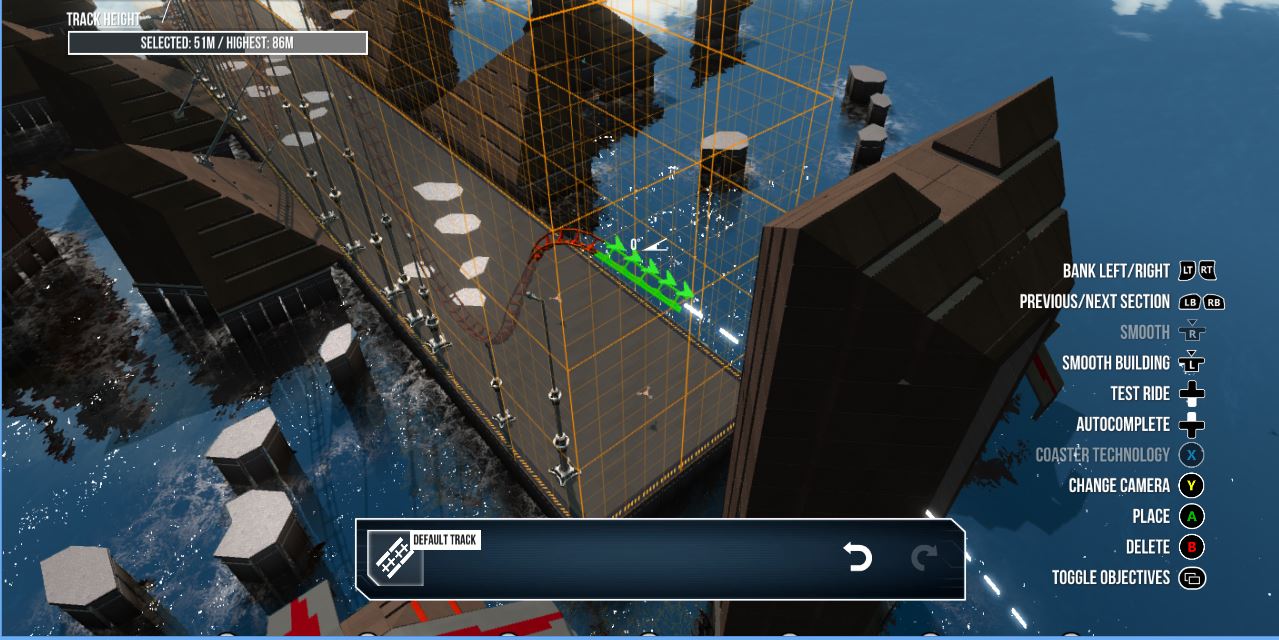
-
Screamride #9
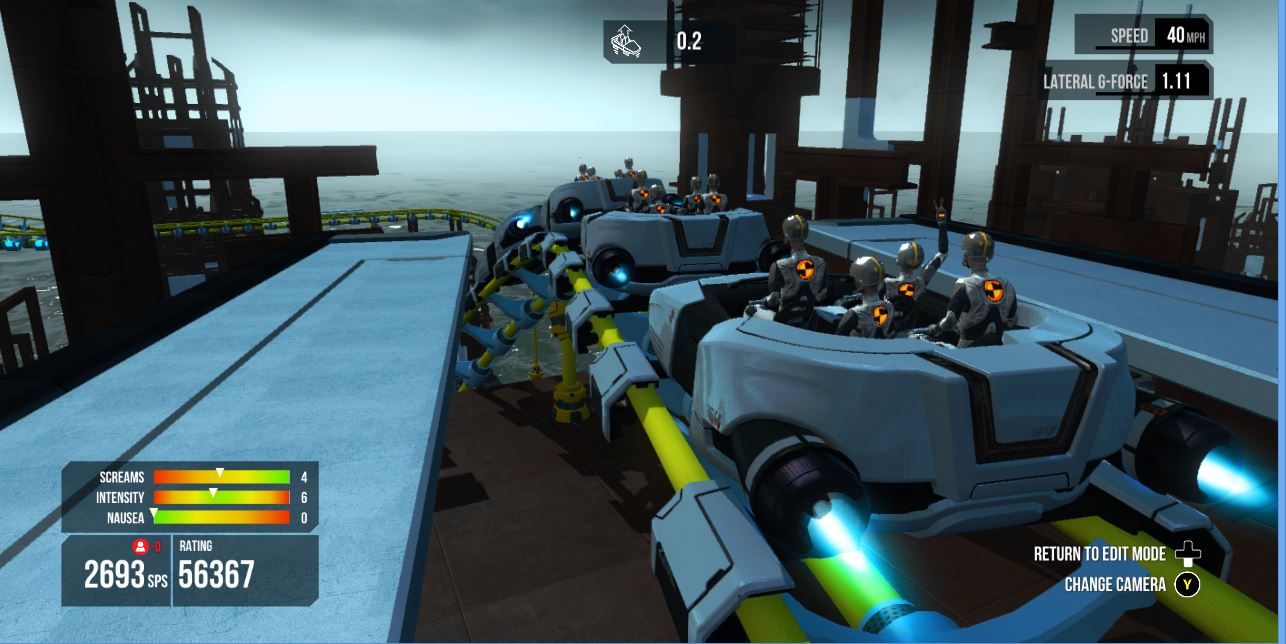
-
Screamride #10
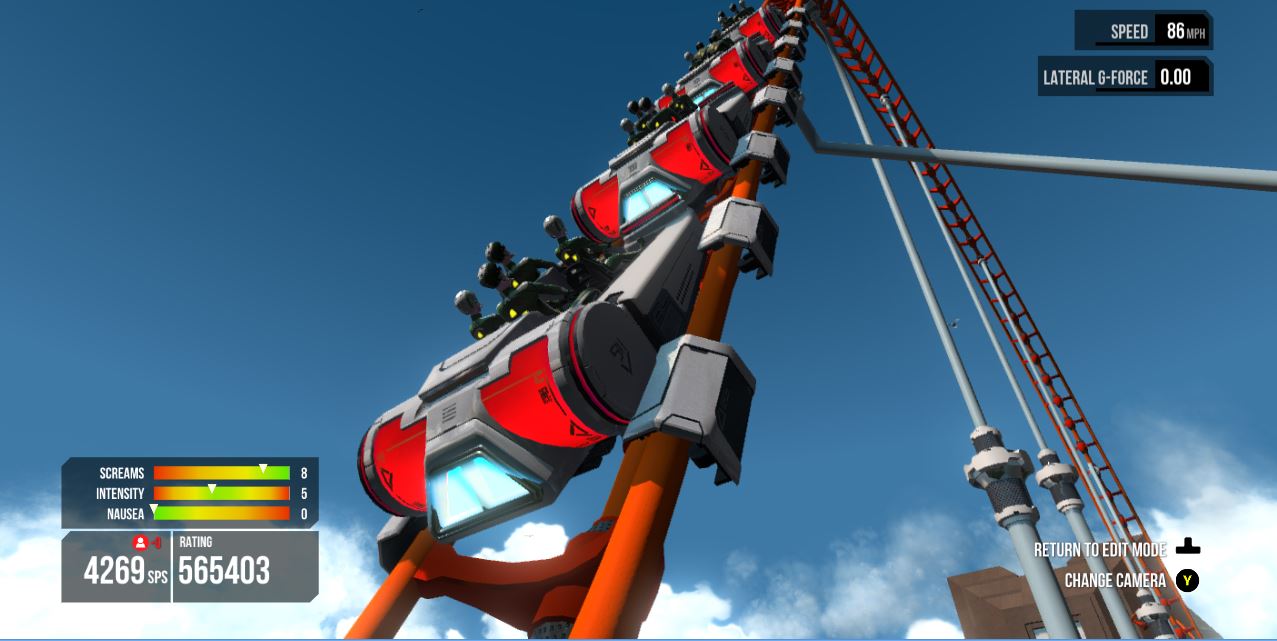
-
Screamride #11
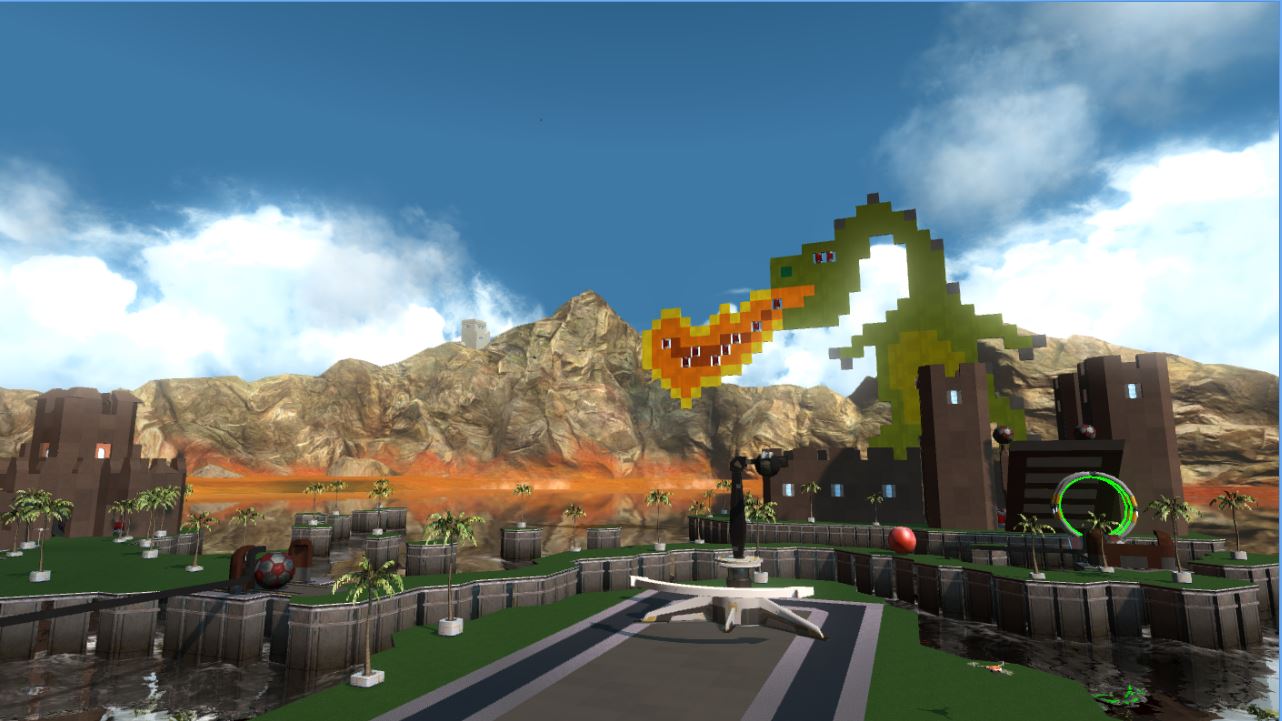
-
Screamride #12
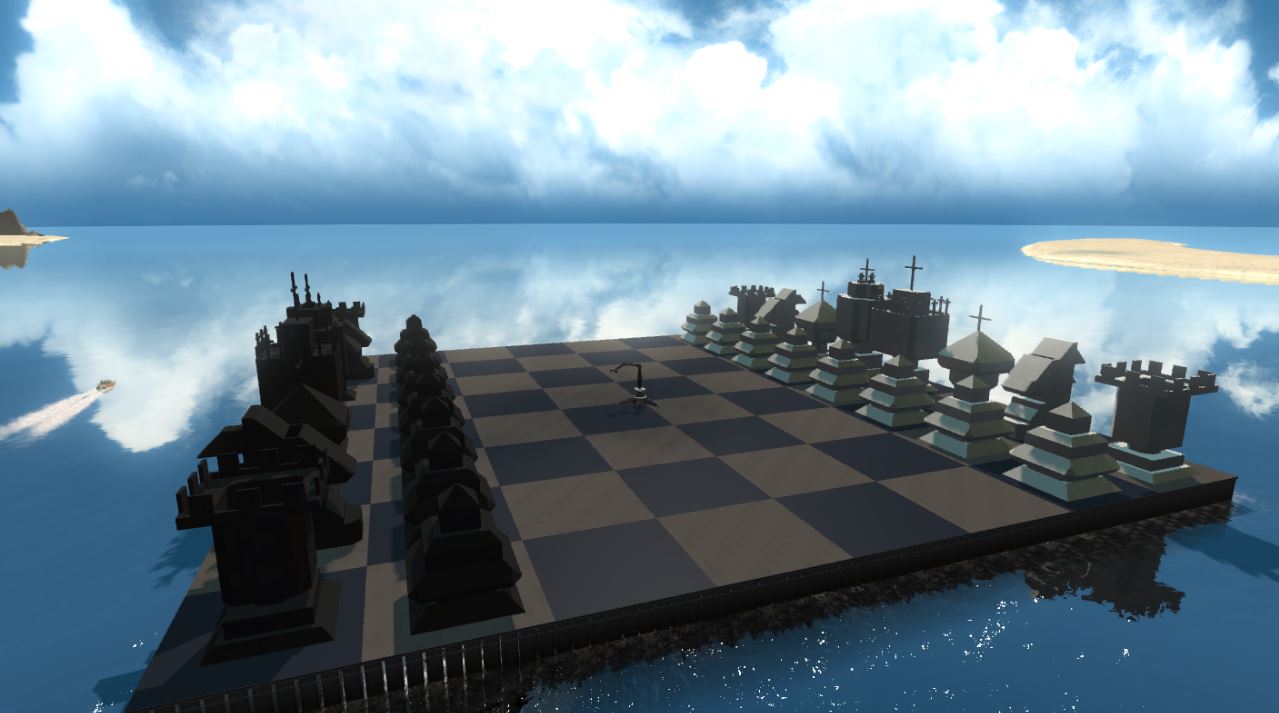
-
Screamride #13
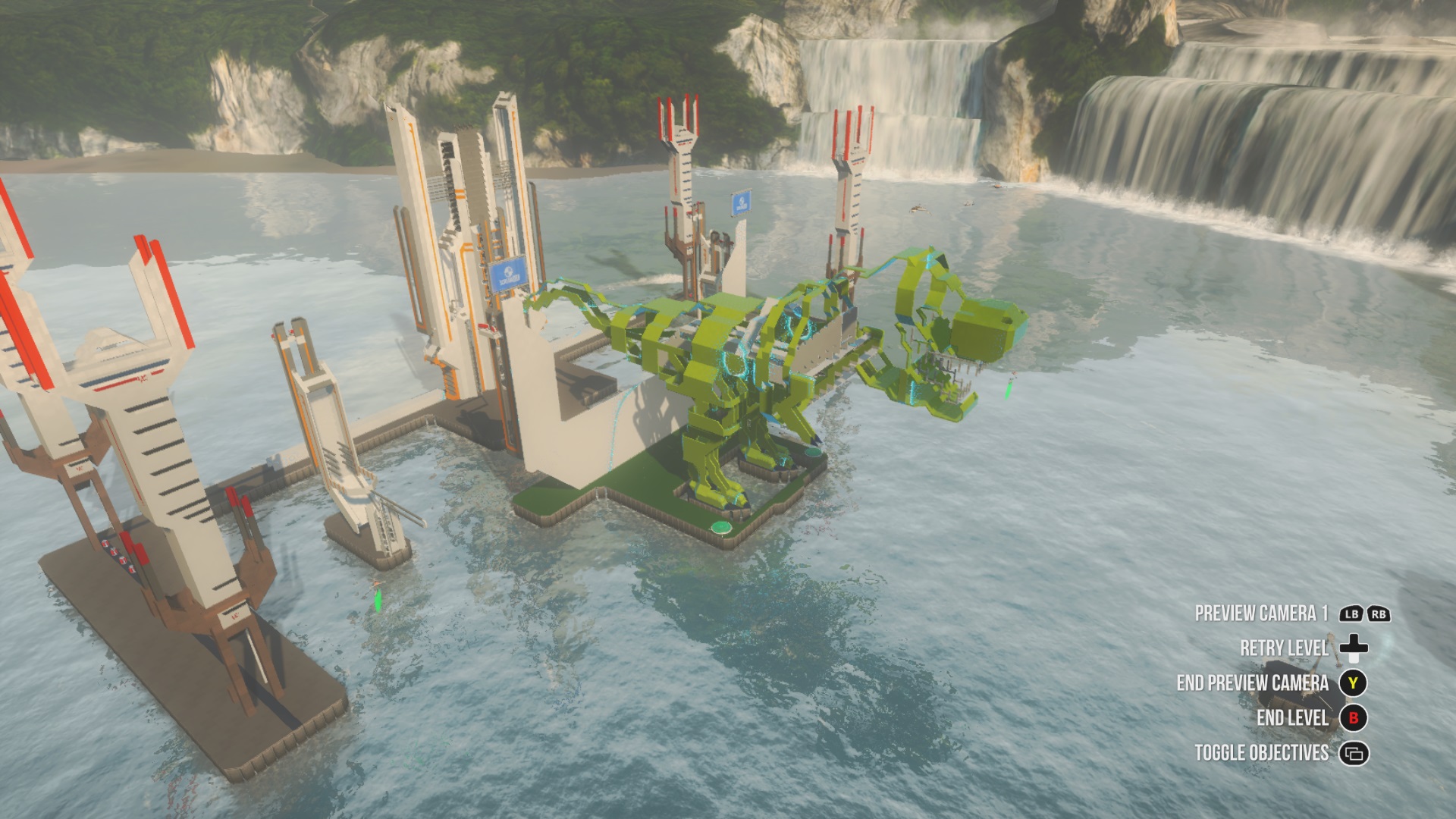
-
Screamride #14
